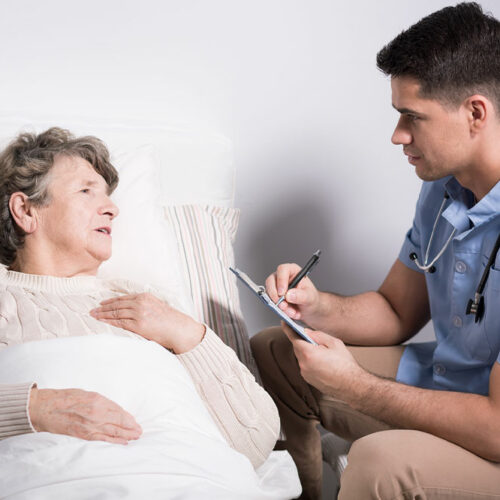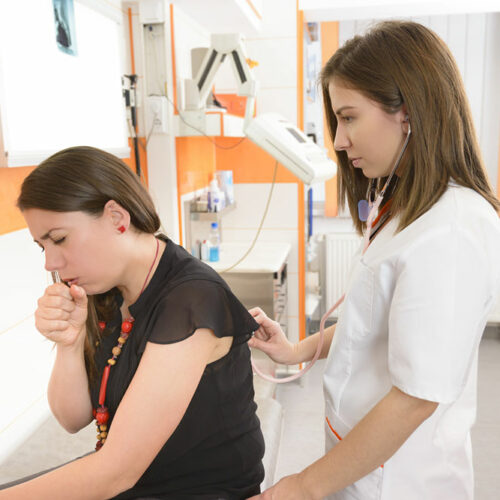6 signs of bladder damage due to prostate cancer

Prostate cancer is one of the most prevalent cancers among men, with a broad range of symptoms and discomforts. While it primarily affects the prostate gland, it can sometimes lead to complications, including bladder damage. This brief post explores the signs and symptoms of bladder damage caused by prostate cancer. Understanding these signs is crucial for early detection, timely intervention, and improved quality of life for individuals with prostate cancer. Increased urinary frequency and urgency One of the early signs of bladder damage due to prostate cancer is increased urinary frequency and urgency. Men may need to urinate more frequently, often with a sense of urgency that can disrupt daily activities. This occurs because prostate cancer can obstruct the urethra, affecting the bladder’s ability to hold urine. Frequent trips to the bathroom, especially during the night, can be indicative of bladder damage. Weak urine stream A weakening of the urine stream is another sign that warrants attention. Men with prostate cancer-related bladder damage may experience reduced force when urinating. This weakened stream can be attributed to the tumor’s compression on the urethra, obstructing the natural urine flow. Incomplete bladder emptying Prostate cancer can interfere with the bladder’s ability to empty.






